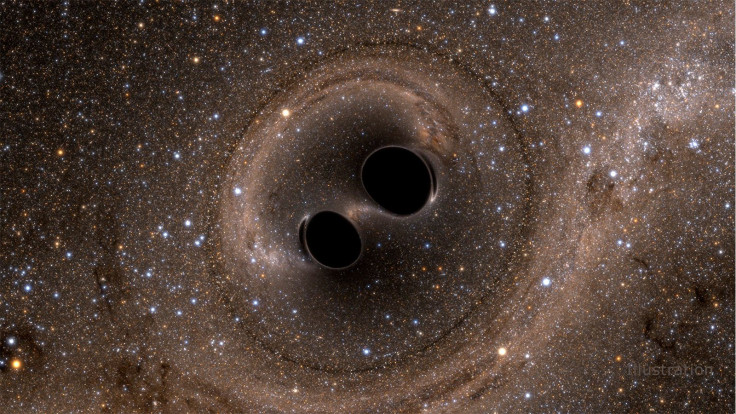Black Holes Display ‘Pac-Man’ Behavior To Become Supermassive, Scientists Say

A new study revealed a possible explanation regarding the strange behavior of spinning supermassive black holes. According to the researchers of the study, the mergers that created these supermassive black holes may have been caused by a “Pac-Man-like” behavior of the cosmic objects.
Scientists are able to detect mergers between black holes due to the gravitational waves they produced. Usually, these waves are created following the collision between the two massive cosmic objects. The largest merger ever discovered has baffled scientists because it displays a higher spin and mass that the known range.
A new study published in Physical Review Letters provided a possible explanation as to how this kind of black hole merger was formed.
According to the researchers, when two black holes collide, the smaller one tends to get caught in the larger one’s accretion disk, which is the circular structure that surrounds a black hole. Cosmic material such as gas, dust and stars that get trapped in the accretion disk eventually spiral inward towards the black hole’s center.
In certain cases, a black hole can encounter another black hole within the accretion disk. As they continue to spin together, they will eventually collide and form a larger black hole. The researchers noted that the newly formed black hole will carry on with the same process as it stays within the accretion disk.
In other words, it will continue to devour other smaller black holes until it becomes increasingly massive. This process has been referred to by the researchers as the “Pac-Man” mergers, which was named after the popular arcade game developed in 1980.
According to Richard O’Shaughnessy, the study’s co-author and an assistant professor at the Rochester Institute of Technology, he and his colleagues’ findings provide a natural explanation as to how certain black holes grow more massive than others.
“This is a very tantalizing prospect for those of us who work in this field,” he said according to SciTechDaily. “It offers a natural way to explain high mass, high spin binary black hole mergers and to produce binaries in parts of parameter space that the other models cannot populate. There is no way to get certain types of black holes out of these other formation channels.”
© Copyright IBTimes 2024. All rights reserved.





















